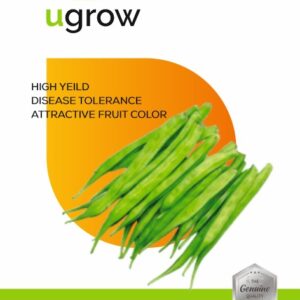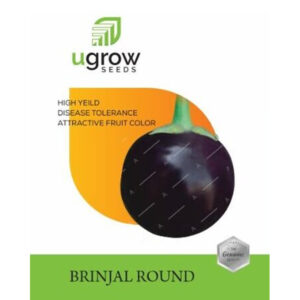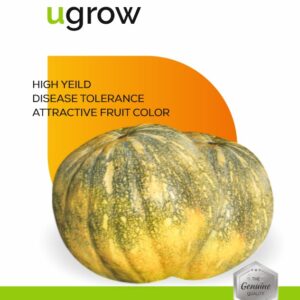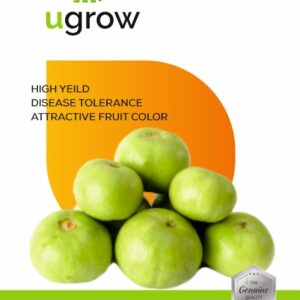Growing pumpkins is a rewarding experience, whether you plan to carve jack-o’-lanterns, make pies, or simply enjoy the beauty of these vibrant and versatile fruits. Here’s a comprehensive guide on how to grow pumpkins:
Growing Conditions:
- Sunlight:
- Pumpkins thrive in full sunlight. Ensure they receive at least 6 to 8 hours of direct sunlight daily.
- Soil:
- Well-draining, fertile soil is essential. Pumpkins prefer slightly acidic to neutral soil. Incorporate organic matter, like compost, to enhance soil fertility and structure.
- Temperature:
- Pumpkins are warm-season crops. Plant seeds or seedlings after the last expected frost date in your region. They prefer temperatures between 70°F and 90°F (21°C to 32°C).
Planting:
- Seeds:
- Directly sow pumpkin seeds in the garden. Plant seeds about 1 to 2 inches deep and space them according to the specific pumpkin variety.
- Spacing:
- Allow sufficient space between plants. Depending on the variety, this may range from 3 to 8 feet apart.
Care Tips:
- Watering:
- Keep the soil consistently moist, especially during flowering and fruit development. Water at the base of the plants to avoid wetting the foliage.
- Fertilizing:
- Use a balanced, all-purpose fertilizer at the time of planting. Side-dress with fertilizer when the vines start to spread.
- Mulching:
- Apply a layer of organic mulch around the base of the plants to conserve soil moisture, suppress weeds, and maintain an even soil temperature.
Support:
- Provide support for the developing fruit. Placing a board or straw underneath the pumpkins can help prevent them from rotting on the damp soil.
Pruning:
- While not necessary, you can prune the vines to control their growth and direct energy to fruit production. However, be cautious not to remove too much foliage.
Pollination:
- Pumpkins have separate male and female flowers. Bees usually handle pollination, but you can hand-pollinate by transferring pollen from the male to the female flower using a small brush or cotton swab.
Pests and Diseases:
- Watch for common pests like aphids and squash bugs. Handpick or use insecticidal soap for control.
- Diseases such as powdery mildew can occur. Proper spacing and good airflow can help prevent diseases.
Harvesting:
- Timing:
- Harvest pumpkins when the skin has hardened and developed its full color. The stem should be dry and corky.
- Technique:
- Use pruning shears or a sharp knife to cut the pumpkin from the vine, leaving a few inches of stem attached.
Growing pumpkins can be a fun and educational experience. With proper care, you’ll soon have a bountiful harvest for various culinary uses and autumn decorations. Adjust these guidelines based on your local climate and conditions for the best results.















Reviews
There are no reviews yet.